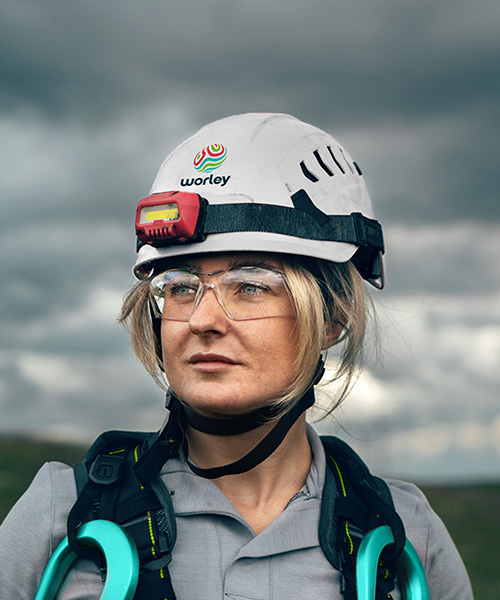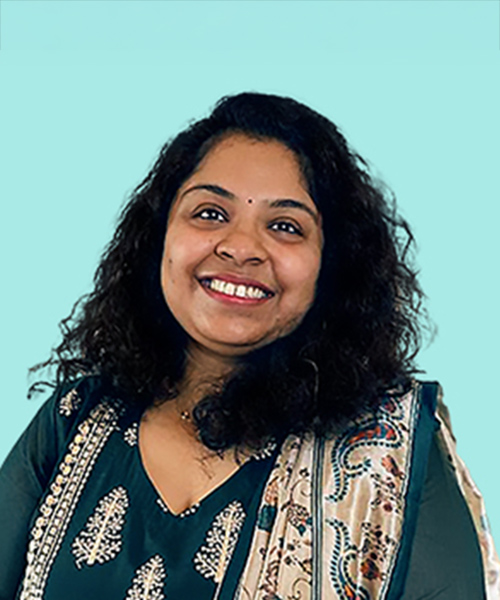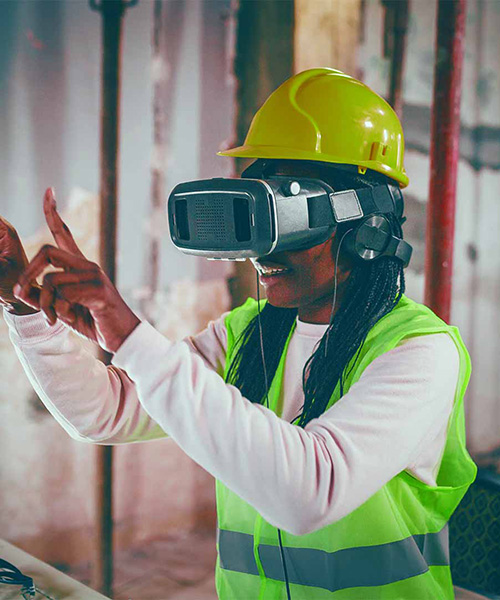October 28, 2020 • 6 min read
Project delivery: inside our engineering hub in India
What do an offshore platform in the North Sea, an oil refinery in the United States and a solar farm in the Middle East have in common?
The answer is a global delivery team thousands of kilometers away in India.
That’s because critical sections of each project are delivered using our global integrated delivery (GID) model. This model sees thousands of our engineers in Mumbai moving from project to project to deliver work for our locations around the world.
Our GlD team is integral to delivering projects, large and small, while balancing cost, time and resource availability.
Breaking down the global integrated delivery model
The work completed through the GID is complicated. However, the model underpinning it isn’t. Dinesh Pissurlenkar, President of our Asia region explains.
“The easiest way to think about the GID is a central place where teams of engineers help to complete hundreds of projects around the world,” explains Pissurlenkar. “Moving from project to project, our GID teams are extensions of the ‘home office’ teams, which usually oversee the project.
“We use a number of tools to stay connected and offer seamless delivery between the two locations,” continues Pissurlenkar. “We choose not to differentiate between the GID office and the home office, even though we’re most often working on different time zones thousands of kilometers away. We’re always one team, and it shows.”
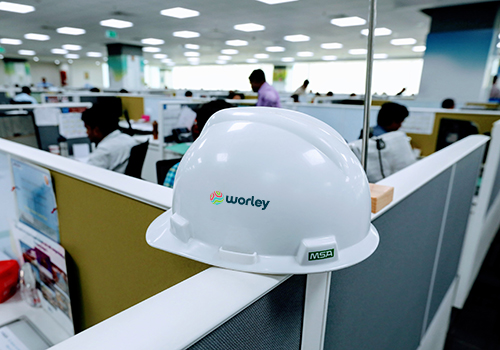
How the global integrated delivery model benefits our customers
Pissurlenkar explains the advantages of the GID model.
“Firstly, it’s about the quality of resources available, whenever they’re needed,” says Pissurlenkar. “We have thousands of engineers ready to provide solutions to our customers in different parts of the world. When the lead office sleeps, we work. Then, when we sleep, the lead office works. This means the checks and balances can be easily done without compromising on schedule or quality.
“Secondly, the delivery is seamless. Our customers don’t see a difference between what we do in India and our lead offices, even in projects where we’ve completed 90 percent or more of the deliverables in India. There’s no compromise in what we offer across any of the pre-FEED, FEED and detailed engineering phases.”
Addressing the misconceptions about the global integrated delivery model
“I often hear assumptions that our people are just doing what they’re told to do,” says Pissurlenkar. “However, we use our expertise to deliver value from the start of a project to the deliverables and documents relating to construction and fabrication. Plus, the diversity of thought across the two offices is integral.
“The other misconception is about the quality of what we do. We’ve heard time and time again that there’s no way of knowing which deliverables have been completed in which location. Of course, there are cases where work requires the proximity and local expertise of the lead office such as permitting requirements. Otherwise, we have all the resources needed to complete the work to a high standard in India.”
The supporting role of digital
High quality project delivery now depends on digital innovations such as automation and machine learning. And with the recent establishment of our digital development hub, digital is becoming increasingly entwined with the engineering we do in India.
“Our project teams across the world send repeatable work to our digital development hub for it to be automated using robotic process automation, which we call bots,” says Pissurlenkar. “We also develop data science models to better connect what we do through artificial intelligence and machine learning.”
But it’s the collaboration between our automation and data science specialists and those working on projects in the GID that brings growing value.
“We’re getting more opportunities to automate tasks, so we can redeploy our people to unlock even more value for our customers. And we can then replicate these solutions across the world and improve the productivity of our workforce.”
The people behind the work
As Pissurlenkar explains, it’s a top priority to ensure all groups are represented across everything we do in India.
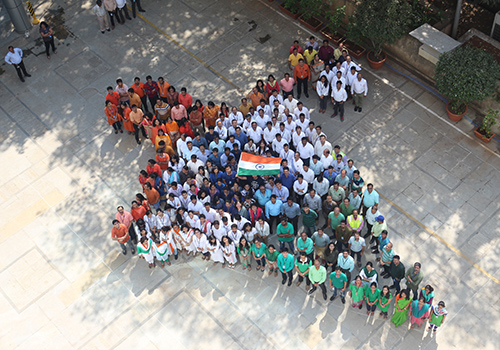
“Diversity is at the top of our agenda, and specifically, bringing more women and young people into our teams. It’s important to bring diverse perspectives to the problems we solve for our customers.
“We’ve rolled out programs to identify and mentor our high performing women who are already capable of senior leadership positions. We have a focused approach on equal gender representation in our graduate hiring. And we’ve also implemented a policy where expecting mothers can be picked up and dropped off to the office and then back home, to make work more inclusive for all.”
The importance of flexibility in project delivery
The flexibility to deliver projects globally is key to completing projects on time and within budget, and that’s why we’re scaling up our GID model even further.
“We connect our global operations, offering flexibility to move resources around to respond during volatile times, control costs, and give back capital savings to our customers,” says Pissurlenkar. “And we can do all of this without compromising quality.”

